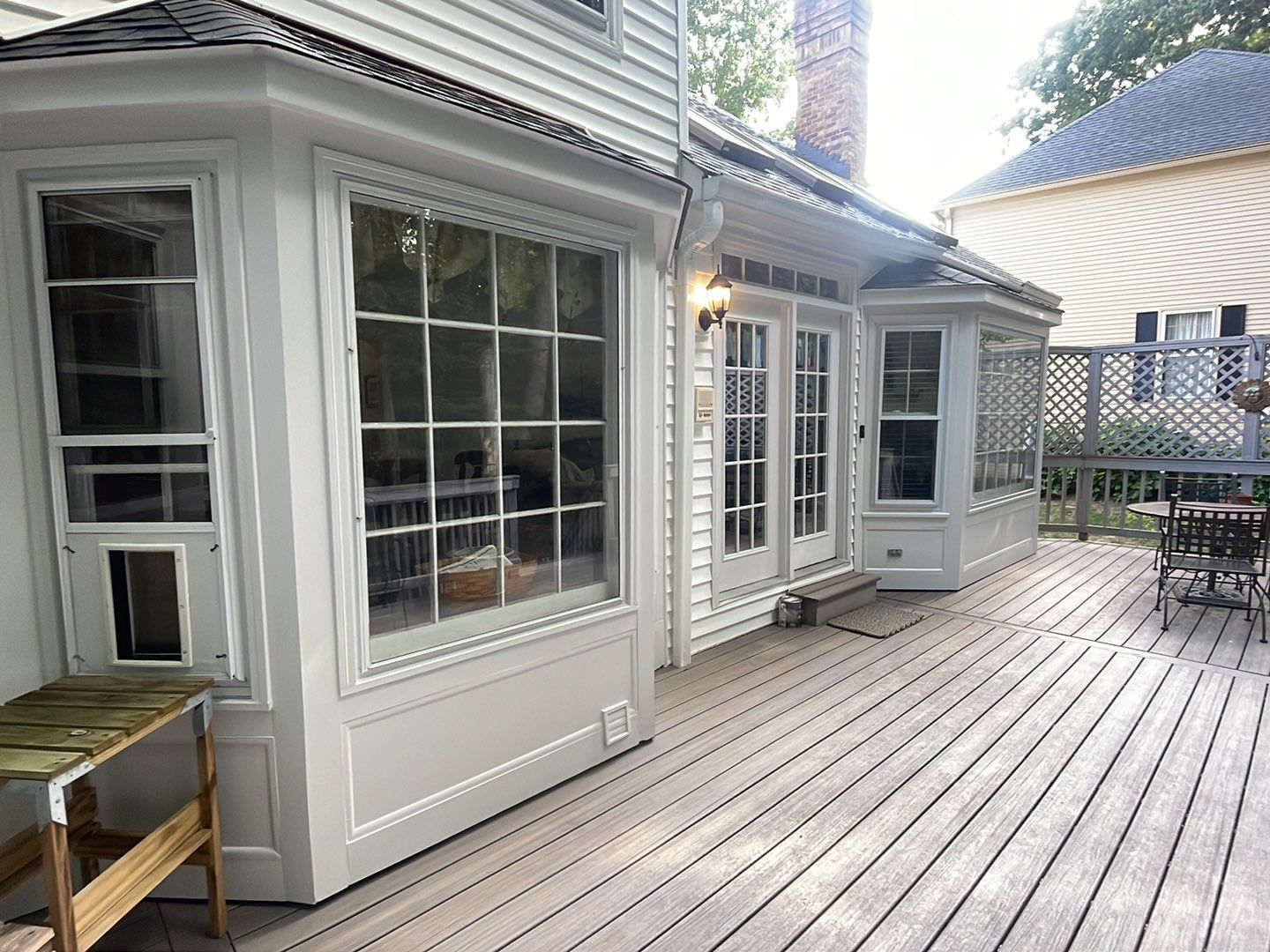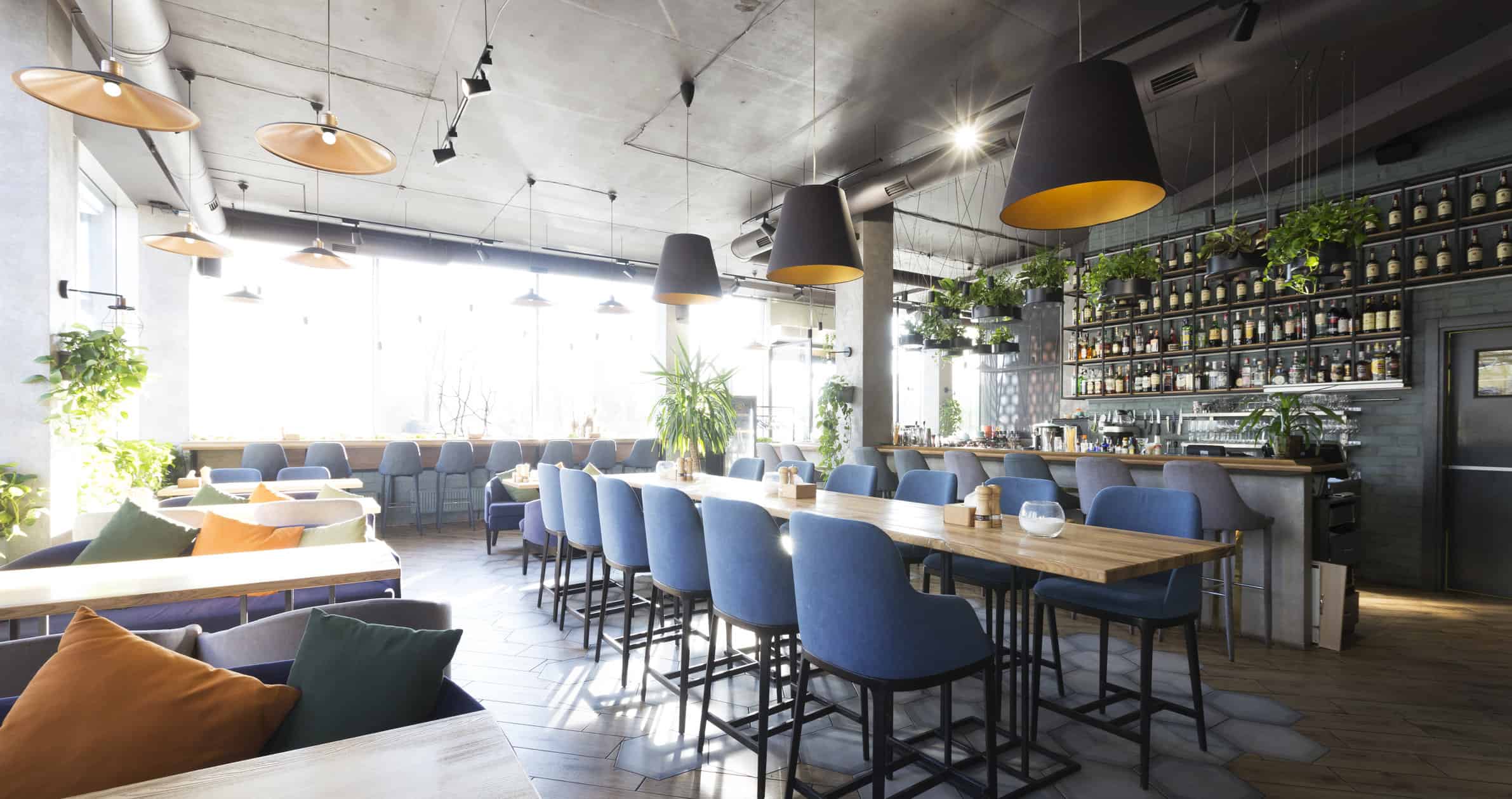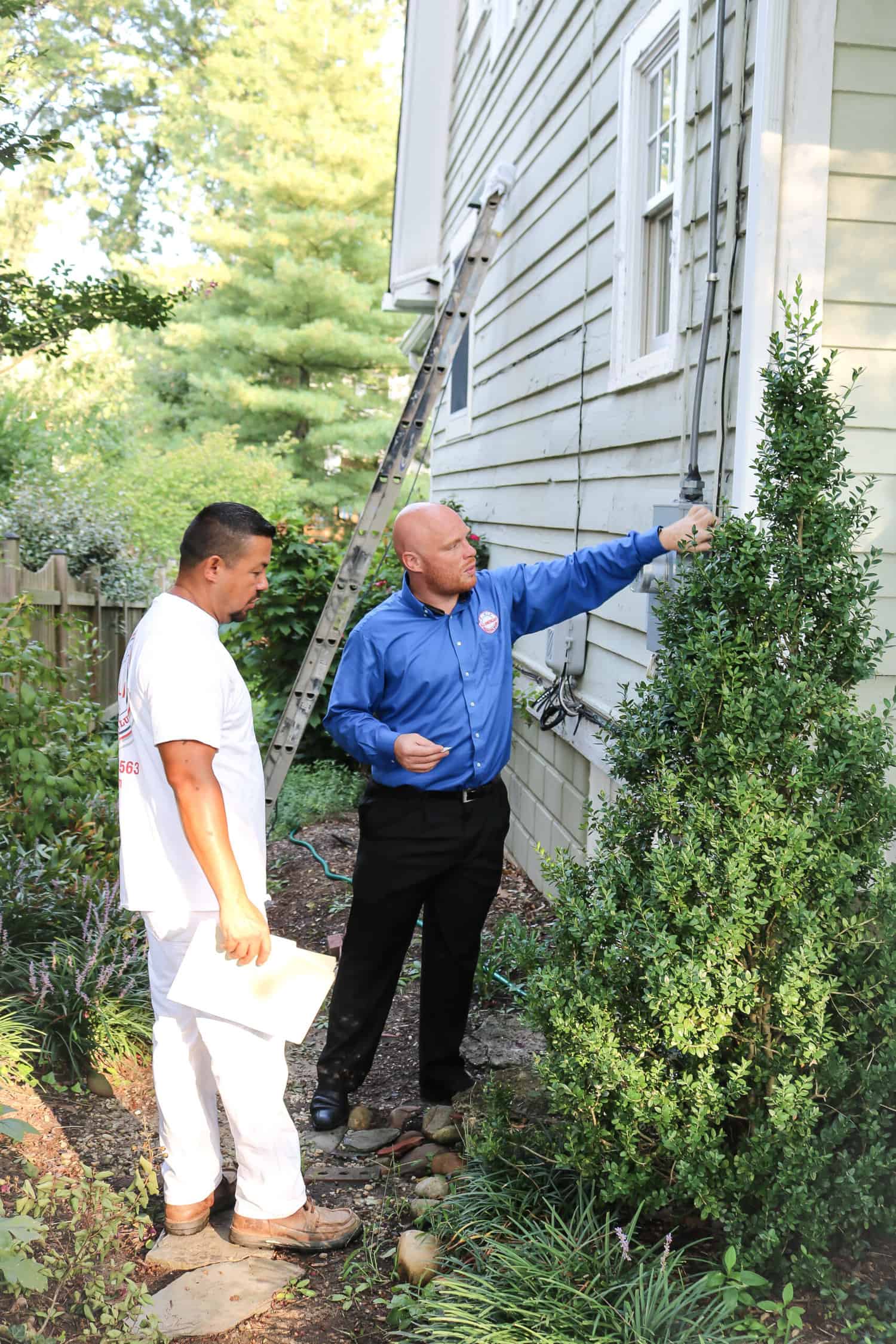When planning your next exterior project, you must understand that different surfaces require different approaches to achieve the best results. If you need some help understanding the requirements of various exterior surfaces, here’s a guide on how to approach an exterior painting project based on type.
Understanding Various Exterior Surfaces Types
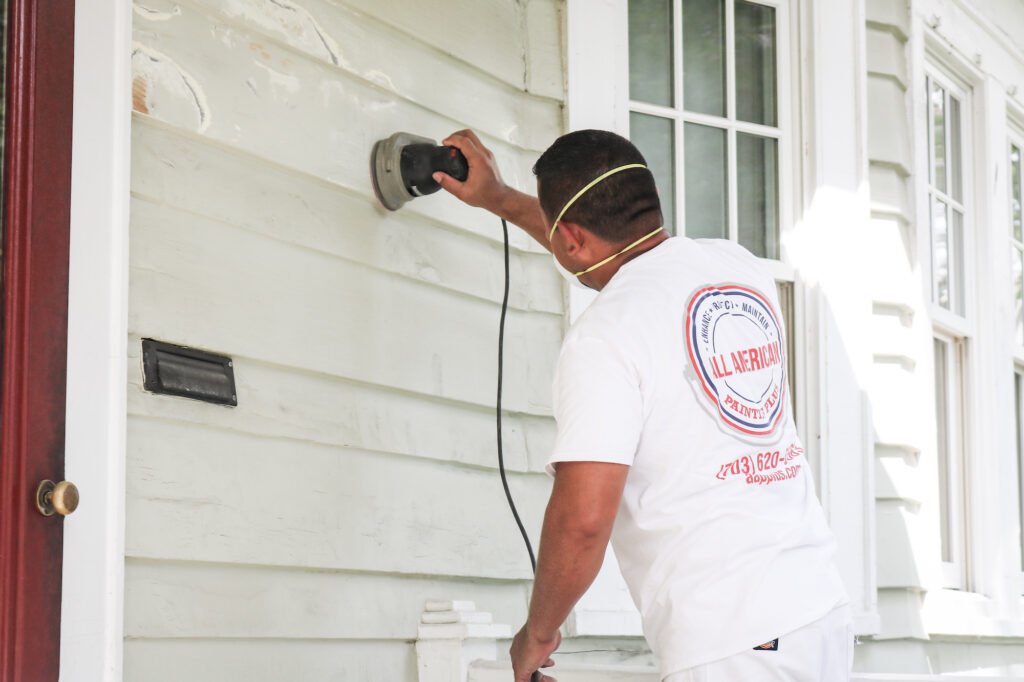
Wood Surfaces
Wood surfaces, such as cedar siding or trim, are commonly used in many homes. Before painting, it is crucial to prepare the surface properly by scraping any loose or flaking paint, sanding the surfaces smoothly, and filling any cracks or holes. It is also necessary to use a high-quality primer to ensure adhesion and durability. When painting, use a brush or roller, and apply the paint in the direction of the wood grain. You should also slightly overlap each stroke to guarantee coverage. Lastly, two coats of paint are recommended for a long-lasting finish on wooden surfaces.
For wooden surfaces, you must:
Metal Surfaces
Metal surfaces, such as metal doors or railings, require a specific type of paint. Before painting, assess the condition of the surfaces and remove any rust or corrosion using a wire brush or sandpaper. To further prepare your metal surfaces, take it a step further by applying a rust-inhibiting primer to ensure adhesion and protection against future rusting. During paint application, choose a high-quality paint designed specifically for metal surfaces, and apply two coats for best results.
For Metal Surfaces, you must:
Stucco Surfaces
Stucco surfaces, such as exterior walls and decorative features, require special attention to prevent peeling or cracking. Before painting, ensure the surface is clean and free of loose or flaking stucco. You also need to apply a bonding agent or primer designed for stucco surfaces before painting to improve adhesion. When painting, use a roller or sprayer for a smooth and even coat and work in small sections to prevent the paint from drying too quickly.
For Stucco Surfaces, you must:
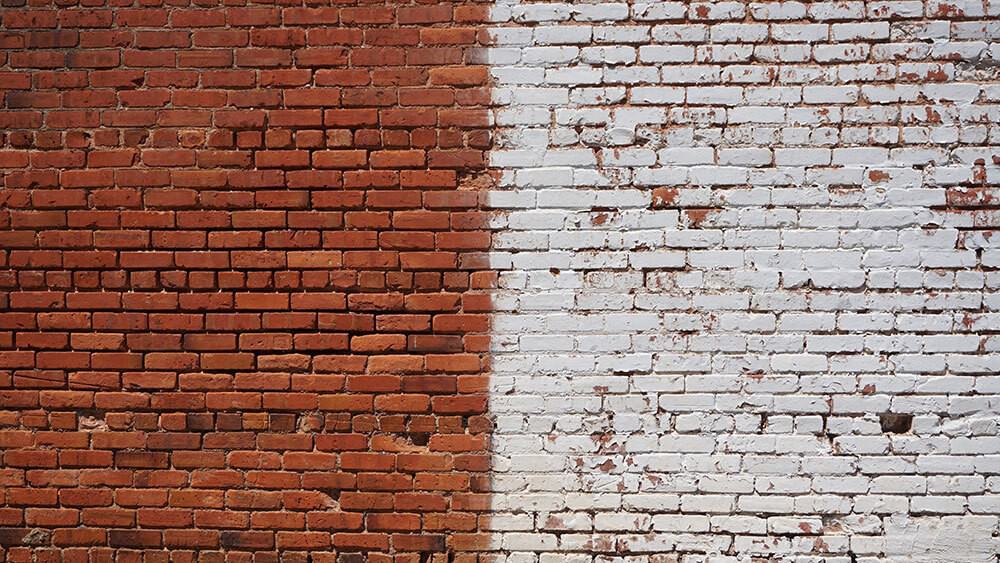
Brick Surfaces
Brick surfaces, such as chimneys or accent walls, require a different approach than wood. You need to thoroughly clean the surface before painting, using a wire brush or pressure washer to remove any dirt or debris. Also, if the surface has any cracks or damages, it must be repaired with a masonry filler before painting. Once your surfaces are ready, use a roller or sprayer to apply the paint. A flat or matte finish is highly recommended for brick surface because it lends a more natural look.
For Brick Surfaces, you must:
Concrete Surfaces
Concrete surfaces, such as driveways or foundations, require a specific type of paint. As with other exterior surface types, it is important to clean the surfaces thoroughly prior to painting. Use a pressure washer or concrete cleaner to get this done effectively and efficiently. And if the surface has any cracks or damage, make repairs with a concrete patching compound. When painting, use a roller or sprayer to apply an epoxy-based paint, and be sure to follow the manufacturer’s instructions for proper application and drying times.
For Concrete Surfaces, you must:
Knowing the different types of surfaces and how to prepare them is crucial to achieving the best results. Proper surface preparation and the use of the correct products and tools can make all the difference in the durability and longevity of your exteriors. With these tips in mind, we hope you can tackle your exterior painting project with confidence. If not, our guys at All American Painting Plus are always ready to give you a helping hand.
Vetted Exterior Painting Services by All American Plus
At All American Painting Plus, we are committed to providing top-notch painting services that enhance and protect your home from the elements.
We understand the importance of maintaining a home. Whether you need minor touch-ups or a complete exterior painting service, we are here to help bring your vision to fruition.
With our team of painting professionals, you can rest assured that your home is in the best of hands. Contact us today at (703) 686-8988 to get a FREE Estimate on your next home exterior project.

